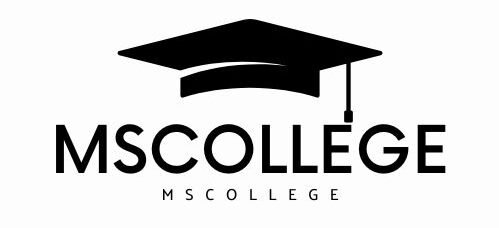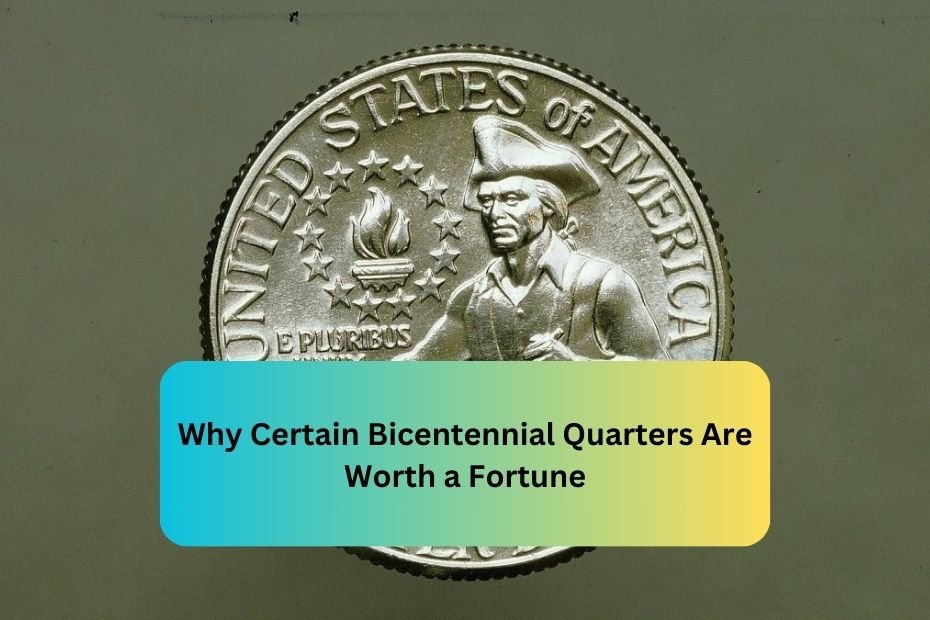The Bicentennial Quarter, minted in 1976, is a unique piece of American currency that marks the 200th anniversary of the United States. While the design may seem ordinary to the casual observer, coin collectors recognize that certain variations and unique characteristics make some Bicentennial Quarters highly sought after. This article will guide you through the process of spotting rare Bicentennial Quarters and understanding what collectors look for, ensuring that you can identify potential treasures in your own coin collection.
The Bicentennial Quarter: A Brief Overview
Historical Context
The Bicentennial Quarter was part of a larger initiative by the U.S. Mint to commemorate the nation’s 200th anniversary. Unlike standard quarters, the 1976 version features a unique reverse design, showcasing the historic depiction of the drummer from the Revolutionary War. This design was created by John Sinnock and was part of a series that included the Bicentennial Half Dollar and the Bicentennial Dollar.
Design Features
- Obverse (Front): The obverse side of the Bicentennial Quarter features the classic portrait of George Washington, originally designed by Gilroy Roberts. The date is inscribed as “1776–1976” rather than the usual year of minting.
- Reverse (Back): The reverse displays a depiction of the Liberty Bell in front of the moon, designed by Oscar Broneer. The text “United States of America” and “Quarter Dollar” is also inscribed.
- Mint Mark: Bicentennial Quarters were minted in Philadelphia (no mint mark), Denver (D), and San Francisco (S). The mint mark can provide valuable information about the rarity and desirability of the coin.
Identifying Rare Bicentennial Quarters
While all Bicentennial Quarters share the same basic design, certain characteristics can make some varieties significantly more valuable than others. Here’s what to look for:
1. Mint Marks
The mint mark is crucial in determining the rarity of the quarter. Here are the three main types:
- Philadelphia Mint (no mint mark): These coins are more common and generally have lower value.
- Denver Mint (D): These quarters are slightly more rare than those minted in Philadelphia.
- San Francisco Mint (S): The proof versions minted in San Francisco are often more desirable and can be significantly more valuable.
2. Proof vs. Uncirculated
- Proof Coins: These are specially made coins with a mirror-like finish. The San Francisco Mint produced proof versions that are highly sought after. Look for coins that have a shiny, reflective surface with clear details.
- Uncirculated Coins: These coins were not released into circulation and typically have a better quality and finish than those that were. Look for coins that show no signs of wear and have a bright, clean appearance.
3. Die Variations
Certain die variations can occur during the minting process, leading to unique characteristics:
- Doubled Die: Some Bicentennial Quarters exhibit a “doubled die” error, where the design appears to be doubled. This is most noticeable on the date and lettering. These coins can be rare and valuable.
- Off-Center Strikes: Coins that were struck off-center during production can also be of interest to collectors. Look for coins where the design is misaligned.
4. Condition Grading
The condition of a coin significantly impacts its value. Coin collectors use a grading system to evaluate coins. Here’s a brief overview:
- Mint State (MS): Coins in this condition are perfect or nearly perfect. The surface is free from blemishes and scratches.
- About Uncirculated (AU): Coins show slight signs of wear but retain most of their original luster.
- Extremely Fine (EF): These coins exhibit minor wear on the highest points of the design.
- Fine (F): Coins with moderate wear but still retain most details.
- Good (G): Coins that show significant wear but remain recognizable.
5. Market Demand and Rarity
The market for coin collecting can be influenced by trends and demand. Certain quarters may be more desirable depending on current collector interests.
How to Spot and Evaluate Your Bicentennial Quarters
1. Inspecting Your Quarters
Start by examining your quarters under good lighting and using a magnifying glass if possible. Look for the following:
- Mint Marks: Identify whether your quarter has a mint mark and where it is located (the mint mark will be located on the obverse side, near Washington’s neck).
- Surface Quality: Check for any scratches, dings, or discoloration. Coins with pristine surfaces are more valuable.
- Die Errors: Pay attention to any noticeable doubling or misalignment in the design.
2. Researching Values
To accurately evaluate the potential value of your Bicentennial Quarters, consider using resources like:
- Coin Price Guides: Books or online databases provide up-to-date values based on condition and rarity.
- Coin Shows: Visiting local coin shows can help you gauge market demand and connect with other collectors for advice.
- Online Auctions: Observing prices on auction sites can give you a sense of what collectors are willing to pay for specific coins.
3. Storage and Preservation
Properly storing your quarters is essential to maintain their condition. Here are some tips:
- Avoid Touching: Handle coins by the edges to prevent oils from your skin from causing damage.
- Use Coin Holders: Store your coins in holders or albums specifically designed for coin preservation to protect them from the elements.
- Maintain Stable Environment: Keep coins in a cool, dry place away from direct sunlight to prevent fading and deterioration.
The Value of Bicentennial Quarters
Common Values
Most Bicentennial Quarters are worth only their face value of 25 cents unless they are in uncirculated condition or feature mint marks indicating they were struck in Denver or San Francisco.
Rarer Values
- Uncirculated Coins: Depending on their condition and mint mark, uncirculated quarters can be valued between $1 and $10 or more.
- Proof Coins: Proof coins from the San Francisco Mint can fetch higher prices, sometimes exceeding $20 or more for pristine examples.
- Doubled Die or Off-Center Errors: These can command much higher prices, often reaching into the hundreds or thousands depending on the rarity.
Conclusion
Bicentennial Quarters are not only pieces of American history; they also present an exciting opportunity for coin collectors. By understanding what to look for—such as mint marks, proof status, die variations, and condition—you can effectively identify rare and valuable coins in your collection. Whether you’re an experienced collector or just starting, learning to spot these unique quarters can enhance your appreciation of this fascinating hobby.
FAQs
1. What is the significance of the Bicentennial Quarter?
The Bicentennial Quarter commemorates the 200th anniversary of the United States, featuring a special design that distinguishes it from other quarters.
2. How can I determine the value of my Bicentennial Quarters?
You can determine the value by checking coin price guides, visiting coin shows, or looking at recent auction prices.
3. Are all Bicentennial Quarters valuable?
No, most Bicentennial Quarters are worth their face value unless they are in exceptional condition or feature rare mint marks or errors.
4. What should I do if I think I have a rare Bicentennial Quarter?
If you believe you have a rare coin, consider consulting with a professional coin dealer or appraiser for an accurate evaluation.
5. How should I store my Bicentennial Quarters?
Store your quarters in protective holders or albums in a cool, dry place to maintain their condition and prevent damage.

